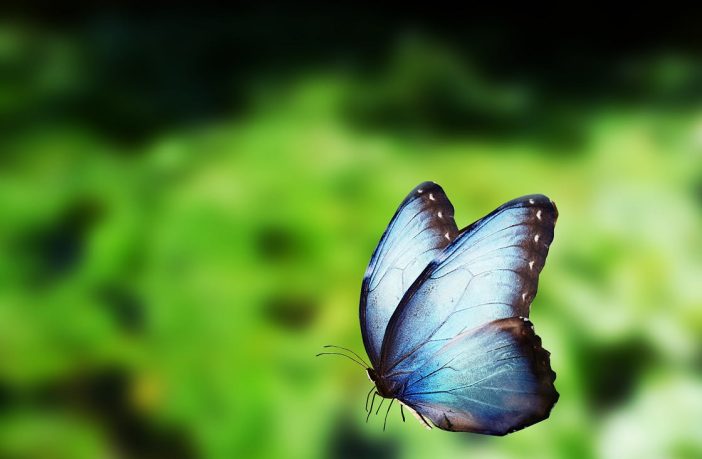- With a blue morpho butterfly art installation formed by hundreds of people just before the Climate Justice March, indigenous leaders from the Amazonia and around the planet unite to speak to the world and to send two strong messages to leaders gathered at COP 26: 80% of the Amazon must be saved by 2025 and Climate Justice is Racial Justice.
Among all the world leaders in Glasgow, Indigenous voices are missing. COP26 has not done enough to ensure inclusion, hanging a question mark over the success of the entire conference.
“We need to establish an economy that values all forms of life and that respects the rights of Indigenous peoples while integrating our economic initiatives and keeping them standing together with the forest. We need governments, companies and civil society to commit to caring for the Amazonia. Furthermore, we expect that COP 26 solutions take into account the Indigenous peoples, because we are the ones who have conserved the territories. Without Indigenous peoples, the Paris Agreement or the Development Goals remain in paper. It is not possible to make decisions without consulting those of us who have been violated by the destruction of these territories. The leaders gathered at this COP cannot boast a success that leaves indigenous peoples out. It would be unacceptable, and a failure for humanity” – said José Gregorio Díaz Mirabal, the Coordinator of Coordinadora de las Organizaciones Indígenas de la Cuenca Amazónica (COICA).
The destruction of the Amazonia and the omission of Indigenous voices in the conference rooms at COP 26 are interrelated: The message that climate justice is racial justice is timely and significant. The relationship of exploitation embodied by the reckless deforestation of the Amazonia has been replicated in the treatment of Indigenous peoples. Many of them rely on the basin to live, and its destruction is a direct attack on their lives. Placing hazardous industries on and enabling the violent deforestation of Indigenous land is environmental racism, and institutional exclusion means these communities often lack the resources to create effective opposition. For example, Indigenous environmental activists in Brazil are regularly and violently murdered in an attempt to silence this movement. In 2020, an Indigenous rights defender was killed in the Amazonia every two days. This silencing of Indigenous voices who call the Amazonia home must not continue in Glasgow and beyond.
“Prioritizing development at any cost is not just poisoning Brazil — it is threatening our way of life. Our lives are inextricable from the natural world. The creatures of the rainforest protect us, and in turn we protect them. Our battle is not just for the future. It’s for the present” – expressed Sônia Guajajara, Executive Coordinator of Brazil’s Indigenous People Articulation (APIB), Indigenous activist, environmentalist and politician.
The Black and Indigenous Liberation Movement is emerging as a key link between the movement for black lives and Indigenous movements worldwide.
“We need Frontline solutions for this climate emergency! Solutions to a regenerative economy from the ground now. Divesting from extractive fossil fuel economy and militarization, and investing in a FARE economy for just transition and racial justice in order to accomplish Black Liberation, indigenous sovereignty and migrant rights. We cannot wait any more as is demonstrated in the recent Black Lives Matter protests and the constant protests on the Climate, there is palpable anger and frustration and we cannot wait a moment more to act.” – Leo Cerda, Black and Indigenous Liberation movement.
Author: Bryan Groenendaal















